Navigating the Next Decade: Your Essential ETF Guide for Long-Term Growth
Are you wondering how to strategically position your investments for the next decade, especially during periods of market volatility? In today’s dynamic financial landscape, long-term investors continually seek robust strategies to grow wealth and manage risk. Exchange-Traded Funds (ETFs) have emerged as powerful tools, offering diversified exposure, cost efficiency, and flexibility. This comprehensive guide will explore how we can strategically select and utilize ETFs to capitalize on the major economic and technological trends forecasted for the coming years. We will cover foundational core holdings, delve into disruptive technologies, explore global and niche opportunities, and finally, outline a practical long-term ETF strategy for sustained wealth accumulation.
ETFs represent a versatile and accessible entry point for investors aiming to build a diversified portfolio. Their structure allows for easy trading on stock exchanges, providing liquidity and transparency, which are significant advantages for managing investments over the long term. Understanding these fundamental benefits can greatly assist in constructing a resilient financial plan.
| Key Benefit | Description |
|---|---|
| Diversification | ETFs hold a basket of securities, instantly diversifying your investment across multiple companies or assets. |
| Cost-Efficiency | Generally feature lower expense ratios compared to traditional actively managed mutual funds. |
| Flexibility | Can be bought and sold throughout the trading day, similar to individual stocks. |
| Transparency | Holdings are typically disclosed daily, providing clear insight into what you own. |
| Accessibility | Offer exposure to various markets, sectors, and asset classes that might otherwise be difficult to access. |
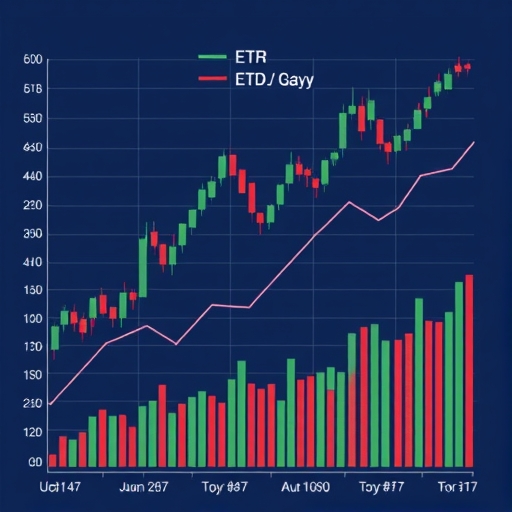
Foundational Pillars: Core Market Exposure and Stable Income
Building a resilient long-term investment portfolio often begins with strong, diversified core holdings. These are the bedrock that provides broad market exposure and can help mitigate volatility. We often look to **broad market ETFs** that track major indices like the S&P 500 or the total U.S. stock market. For example, the **Vanguard S&P 500 ETF (VOO)** or **iShares Core S&P 500 UCITS ETF (CSPX)** offer exposure to 500 of the largest U.S. companies, representing a significant portion of the American economy. Alternatively, the **Vanguard Total Stock Market ETF (VTI)** provides an even broader reach, covering small, mid, and large-cap U.S. stocks. For international diversification, **Vanguard MSCI Index International Shares ETF (VGS)** or **iShares Core MSCI World UCITS ETF (IWDA)** can provide exposure to developed markets outside the U.S., while **iShares Core MSCI Total International Stock ETF (IXUS)** broadens this to include both developed and emerging markets. These ETFs offer instant diversification, reducing the risk associated with investing in individual stocks.
Selecting core holdings often involves considering the specific market segments you wish to cover and the level of diversification you desire. These ETFs are generally considered suitable for long-term buy-and-hold strategies due to their inherent diversification and low costs, making them ideal for the foundation of an investment portfolio.
* Broad market ETFs like VOO or VTI provide exposure to a vast number of companies, reducing company-specific risk.
* International ETFs such as VGS or IWDA are crucial for global diversification, protecting against downturns in any single country.
* The selection of a core ETF should prioritize low expense ratios, as these fees can significantly impact long-term returns.
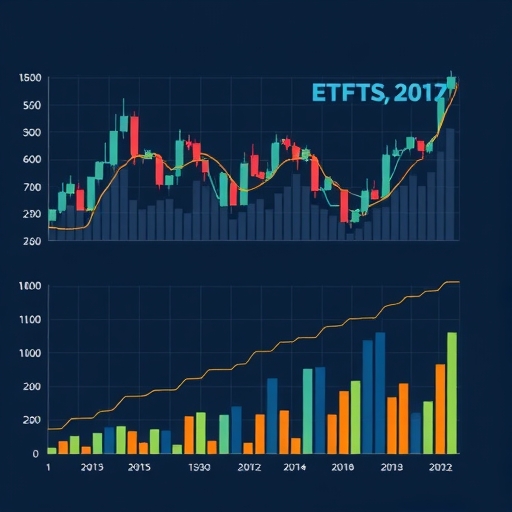
Beyond broad market coverage, many long-term investors also seek **stable income** through dividends. Companies that consistently pay and grow their dividends can offer a compelling combination of income and capital appreciation. Historically, dividend-paying companies have often outperformed non-dividend payers over the long run, contributing significantly to **total returns** through compounding. The **Schwab U.S. Dividend Equity ETF (SCHD)** is a prime example, focusing on high-quality dividend stocks with sustainable competitive advantages, often referred to as “wide moat” companies. These are typically businesses with strong financials and competitive barriers, like PepsiCo, Verizon, and Chevron. Another option focusing on companies with sustainable competitive advantages is the **VanEck Morningstar Wide Moat ETF (MOAT)**. When considering any ETF, we always emphasize the importance of a **low expense ratio**. Why does this matter so much? Because these fees directly eat into your returns over time. A small difference in expense ratio can translate into tens of thousands of dollars in lost gains over a decade or more. ETFs generally feature lower expense ratios compared to traditional mutual funds, making them a cost-effective choice for long-term investors.
The Future is Now: Investing in Disruptive Technologies
The next decade’s economic growth and market performance are projected to be significantly driven by **technological advancements**. As forward-looking investors, we want our portfolios to capture these powerful trends. **Artificial Intelligence (AI)** and **semiconductors** stand out as foundational technologies, powering everything from advanced computing to automation and digital transformation. Semiconductors are essentially the “brains” of all modern electronics, and their demand is skyrocketing due to the AI revolution. ETFs like the **Invesco QQQ Trust (QQQ)** or its Australian counterpart, the **Betashares Nasdaq 100 ETF (NDQ)**, offer exposure to the 100 largest non-financial companies listed on the Nasdaq, including tech giants like Apple Inc., Microsoft Corp., and Amazon. For more direct exposure to the semiconductor industry, the **VanEck Semiconductor ETF (SMH)** holds key players like Nvidia Corp., Advanced Micro Devices Inc., and Taiwan Semiconductor Manufacturing Company (TSMC), which have demonstrated superior performance over the last decade.
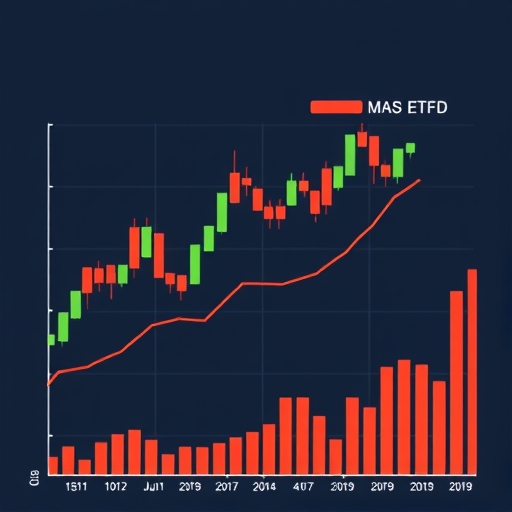
Beyond AI and semiconductors, other critical and rapidly growing technology sectors include **cloud computing** and **cybersecurity**. Cloud computing underpins much of the digital economy, providing scalable infrastructure and services. The **Betashares Cloud Computing ETF (CLDD)** provides access to companies at the forefront of this transformation. As our lives become increasingly digital, the threat of cybercrime grows, prompting governments and companies worldwide to invest billions in protection. This makes **cybersecurity** a vital and enduring growth sector. The **Betashares Global Cybersecurity ETF (HACK)** invests in leaders in this field. Furthermore, large-cap growth stocks, such as those found in the **Vanguard Growth ETF (VUG)** or **Schwab U.S. Large-Cap Growth ETF (SCHG)**, often include many of these innovative technology companies that are shaping the future. While these **growth-focused ETFs** offer high potential for **capital appreciation**, it’s important to understand that they can also experience higher **volatility** compared to broader market index funds.
When considering investments in disruptive technologies, it is important to remember that while the growth potential is high, so is the inherent volatility. A balanced approach that includes both broad market exposure and targeted technology investments can help mitigate some of this risk.
* Technology ETFs can offer significant capital appreciation but often come with higher volatility.
* Diversifying across different sub-sectors within technology (e.g., AI, cloud, cybersecurity) can spread risk.
* It is important to research the underlying holdings of technology ETFs to ensure alignment with your investment thesis and risk tolerance.
Global Horizons: Tapping into Emerging and Niche Opportunities
A truly diversified **long-term investment** portfolio extends beyond domestic markets and established tech giants. We look to global horizons to tap into dynamic **emerging markets** and high-potential **niche sectors**. **Emerging markets** like India offer substantial growth opportunities, driven by their young populations and increasing foreign investment. The **WisdomTree India Earnings ETF (EPI)** is one way to gain exposure to India’s rapid expansion. Japan also remains a significant developed market with unique investment opportunities, accessible through ETFs like the **iShares MSCI Japan ETF (EWJ)**. For investors looking at Asian technology outside of traditional U.S. markets, the **iShares Hang Seng TECH ETF (3067)** can provide access to Hong Kong-listed Chinese technology companies, though it’s important to be aware of the geopolitical and regulatory risks inherent in this specific market.
Beyond specific countries, several **thematic investments** represent cutting-edge innovations with long-term potential. **Biotechnology** continues to revolutionize medicine, with advancements in gene editing and personalized medicine. The **iShares Biotechnology ETF (IBB)** provides broad exposure to this innovative sector. **Quantum computing**, while speculative, promises exponential problem-solving capabilities across critical fields, potentially transforming industries. The **Defiance Quantum ETF (QTUM)** focuses on companies engaged in this nascent but potentially transformative technology. Another interesting area is **nuclear energy**. Renewed global interest in nuclear power signals a strategic shift towards clean energy and low-cost electrification, creating new investment avenues. The **Range Nuclear Renaissance ETF (NUKZ)** offers exposure to this growing sector. Finally, **blockchain technology** has the potential to revolutionize trust and efficiency across diverse industries, from finance to supply chains. The **Global X Blockchain ETF (BKCH)** invests in companies involved in this rapidly advancing space. While these niche and thematic ETFs can offer differentiated growth, they may also come with higher **sector-specific risks** and **volatility** compared to broad-market funds. It’s also worth considering exposure to **small-cap stocks**, which, while more volatile, can offer significant growth potential as they mature. ETFs like the **iShares Core S&P Small-Cap ETF (IJR)** or **Russell 2000 (IWM)** provide this exposure.
Investing in emerging and niche markets can offer higher growth potential, but it is important to acknowledge the increased risks associated with these specialized areas. Due diligence and a clear understanding of the underlying dynamics are essential before allocating capital to such ETFs.
* Emerging markets may offer higher growth rates but often come with increased political and economic risks.
* Thematic ETFs are highly concentrated in specific industries, making them more susceptible to sector-specific downturns or regulatory changes.
* It is advisable to allocate a smaller portion of your portfolio to these higher-risk, higher-reward opportunities to maintain overall portfolio stability.
Crafting Your Long-Term ETF Strategy: Diversification, Risk, and Rebalancing
Building a robust **long-term ETF portfolio** is more than just picking individual funds; it’s about thoughtful asset allocation, **diversification**, and disciplined management. Your strategy should balance **core holdings** (like broad market and stable income ETFs) with **thematic investments** (in disruptive technologies and emerging markets) to maximize returns while managing risk. For example, a core position in VOO or VTI provides broad market exposure, while adding SMH or QQQ offers targeted growth in technology. Similarly, SCHD provides income, while EPI offers diversification into a high-growth emerging market. This balanced approach helps cushion your portfolio against sector-specific downturns and market fluctuations.
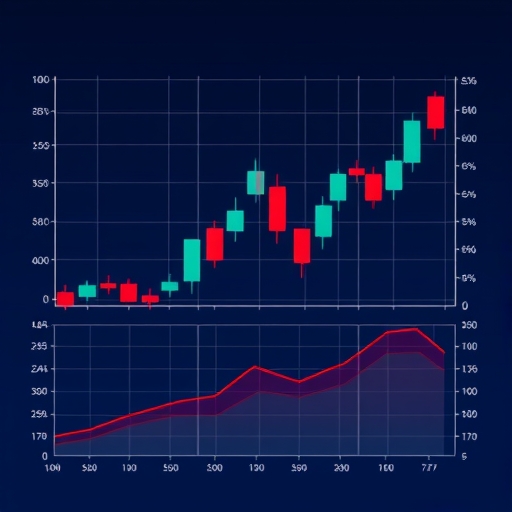
What about **market corrections**? These periods of decline, while unsettling, often present **buying opportunities** for long-term investors. Instead of panicking, we can view these times as chances to review our portfolios, confirm our conviction in our chosen ETFs, and potentially add to positions at lower prices. Remember the **buy-and-hold strategy**: staying invested through market cycles has historically proven more effective than trying to time the market. However, “buy and hold” doesn’t mean “buy and forget.” Regular **rebalancing** is crucial. This involves periodically adjusting your portfolio back to its target asset allocation. If your tech ETFs have significantly outperformed, they might now represent a larger portion of your portfolio than you intended, increasing your overall risk exposure. Rebalancing would involve selling some of those high-performing assets and reinvesting in underperforming ones, effectively “buying low and selling high” to maintain your desired risk profile.
Understanding and managing risks are paramount in long-term investing. While ETFs generally offer diversification benefits, specific types of ETFs or market conditions can introduce additional layers of risk that investors should be aware of.
| Risk Type | Description | Mitigation Strategy |
|---|---|---|
| Market Risk | The risk that the overall market will decline, affecting all investments. | Diversify across asset classes (stocks, bonds) and geographies. |
| Sector/Industry Risk | The risk that a specific sector or industry performs poorly. | Avoid overconcentration in single sectors; use broad market funds for core. |
| Tracking Error Risk | The risk that an ETF does not perfectly replicate the performance of its underlying index. | Choose ETFs with low expense ratios and strong historical tracking. |
| Liquidity Risk | The risk that an ETF may be difficult to sell quickly without affecting its price, especially for less popular funds. | Prefer ETFs with high Assets Under Management (AUM) and trading volume. |
| Geopolitical Risk | The risk of political instability or international conflicts affecting investments in specific regions. | Be aware of global events and diversify international exposure. |
When evaluating ETFs, always check their **Assets Under Management (AUM)** and **annualized returns since inception**, alongside that critical **expense ratio**. Larger AUM often indicates more liquidity and stability. While past performance is no guarantee of future results, consistent long-term returns can be indicative of a well-managed fund tracking a strong underlying index. Be cautious of certain types of ETFs, such as leveraged funds (e.g., TQQQ), which are designed for short-term trading and can lead to poor long-term performance due to their complex structures and daily rebalancing. Geopolitical and regulatory risks, particularly in specific markets like the Chinese technology sector, also warrant careful consideration.
Let’s look at some examples of ETFs and their characteristics:
| ETF Ticker | Description | Approx. Expense Ratio | Focus Area |
|---|---|---|---|
| VOO | Vanguard S&P 500 ETF | 0.03% | U.S. Large-Cap Broad Market |
| VTI | Vanguard Total Stock Market ETF | 0.03% | U.S. Total Market (All Caps) |
| QQQ | Invesco QQQ Trust | 0.20% | Nasdaq 100 (Tech & Growth) |
| SCHD | Schwab U.S. Dividend Equity ETF | 0.06% | U.S. Dividend Growth Stocks |
| SMH | VanEck Semiconductor ETF | 0.35% | Global Semiconductors |
| EPI | WisdomTree India Earnings ETF | 0.85% | India Market |
| IBB | iShares Biotechnology ETF | 0.43% | U.S. Biotechnology Sector |
Note: Expense ratios are approximate and can change. Always verify current figures with the fund provider.
Conclusion: Building Wealth for the Long Haul
Achieving **long-term investment success** in a dynamic market environment hinges on a disciplined approach, strategic asset allocation, and smart vehicle selection. **Exchange-Traded Funds (ETFs)**, with their inherent **diversification**, **cost-effectiveness**, and adaptability, offer an unparalleled avenue for investors to navigate market fluctuations and capitalize on the defining trends of our time. By carefully integrating **broad-market stability** with targeted exposure to high-growth sectors and international opportunities, and by adhering to principles of **risk management** and **rebalancing**, you can build a robust portfolio poised for significant **wealth accumulation** over the coming decade and beyond. Remember, the goal is not to get rich quickly, but to build lasting wealth steadily over time.
Disclaimer: This article is for informational and educational purposes only and does not constitute financial advice. Investing in ETFs involves risks, including the possible loss of principal. Always consult with a qualified financial professional before making any investment decisions.
Frequently Asked Questions (FAQ)
Q: What is an ETF and how does it differ from a mutual fund?
A: An ETF, or Exchange-Traded Fund, is a type of investment fund that holds assets such as stocks, bonds, or commodities, and is traded on stock exchanges, much like a regular stock. Unlike mutual funds, which are typically priced once at the end of each trading day, ETFs can be bought and sold throughout the day at market prices, offering greater trading flexibility. They also generally feature lower expense ratios and greater transparency regarding their holdings.
Q: Why is diversification important when investing in ETFs?
A: Diversification is crucial because it helps spread investment risk across various assets, sectors, and geographies, reducing the impact of poor performance from any single investment. ETFs inherently offer diversification by holding a basket of securities, but further diversifying across different types of ETFs (e.g., broad market, sector-specific, international) can provide an even more robust portfolio that is better insulated against market volatility and specific industry downturns.
Q: How often should I rebalance my ETF portfolio?
A: The frequency of rebalancing an ETF portfolio depends on individual investment goals, risk tolerance, and market conditions, but a common practice is to rebalance once or twice a year, for example, annually or semi-annually. Some investors prefer to rebalance when a certain asset class deviates significantly from its target allocation (e.g., by 5% or 10%). Regular rebalancing ensures your portfolio maintains its intended risk profile and asset allocation, effectively encouraging you to “buy low and sell high” by trimming overperforming assets and adding to underperforming ones.


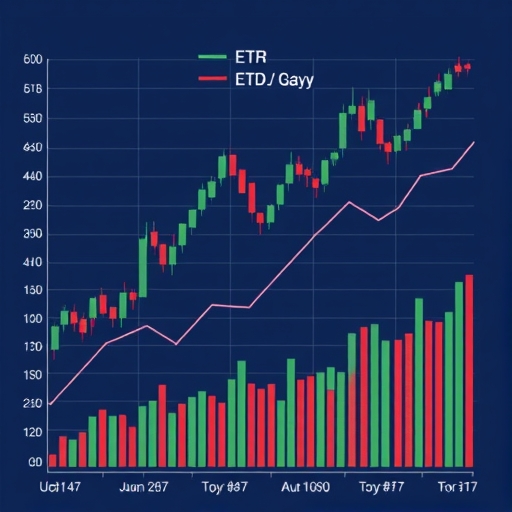
No responses yet